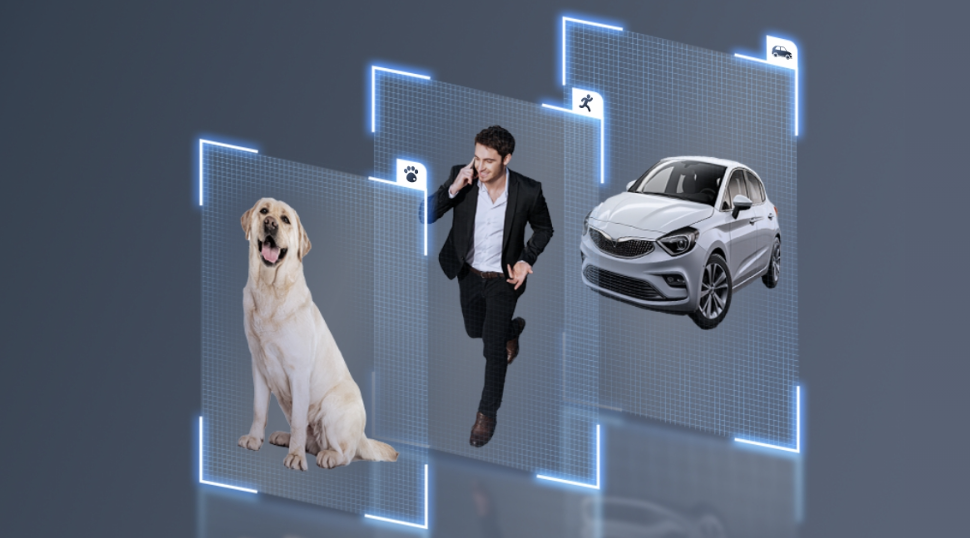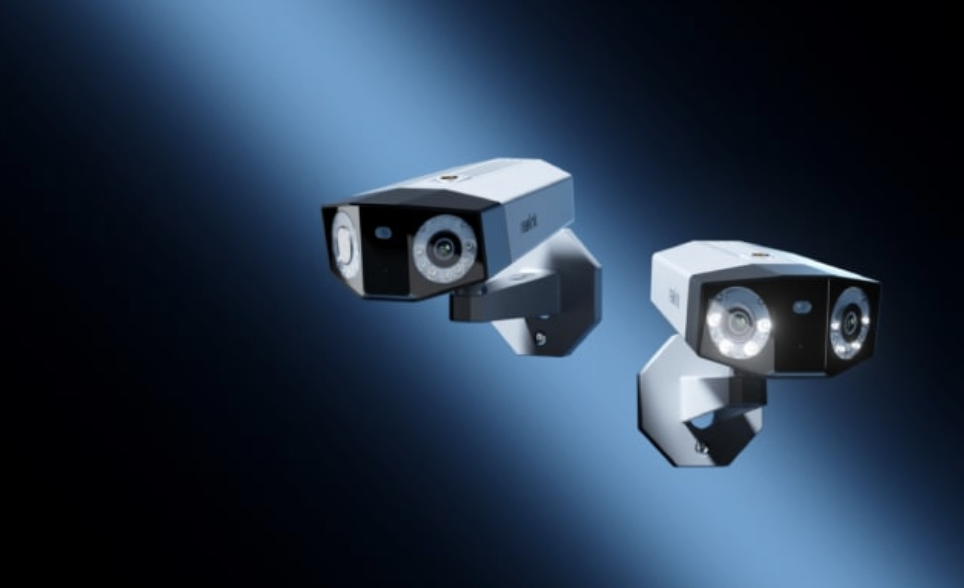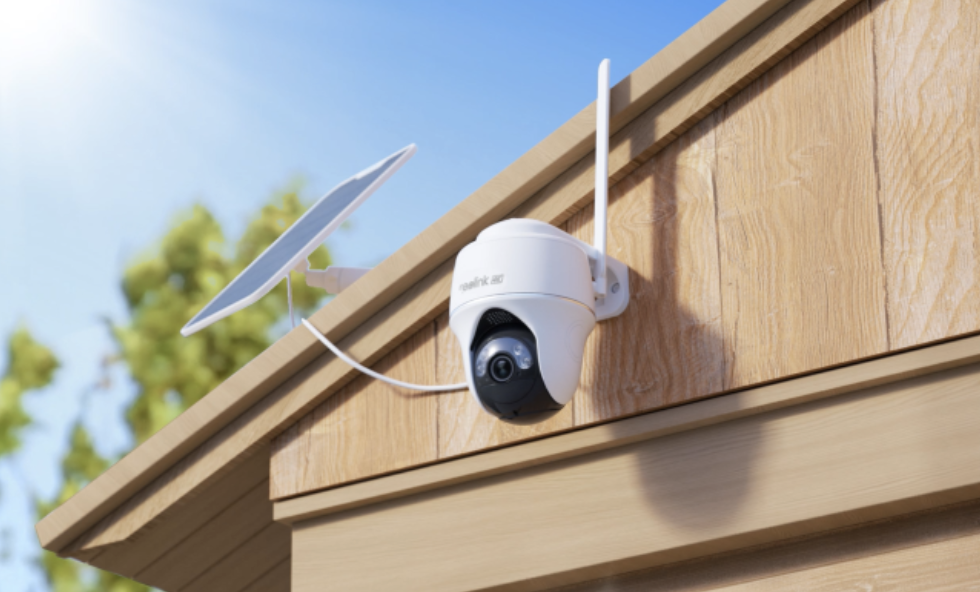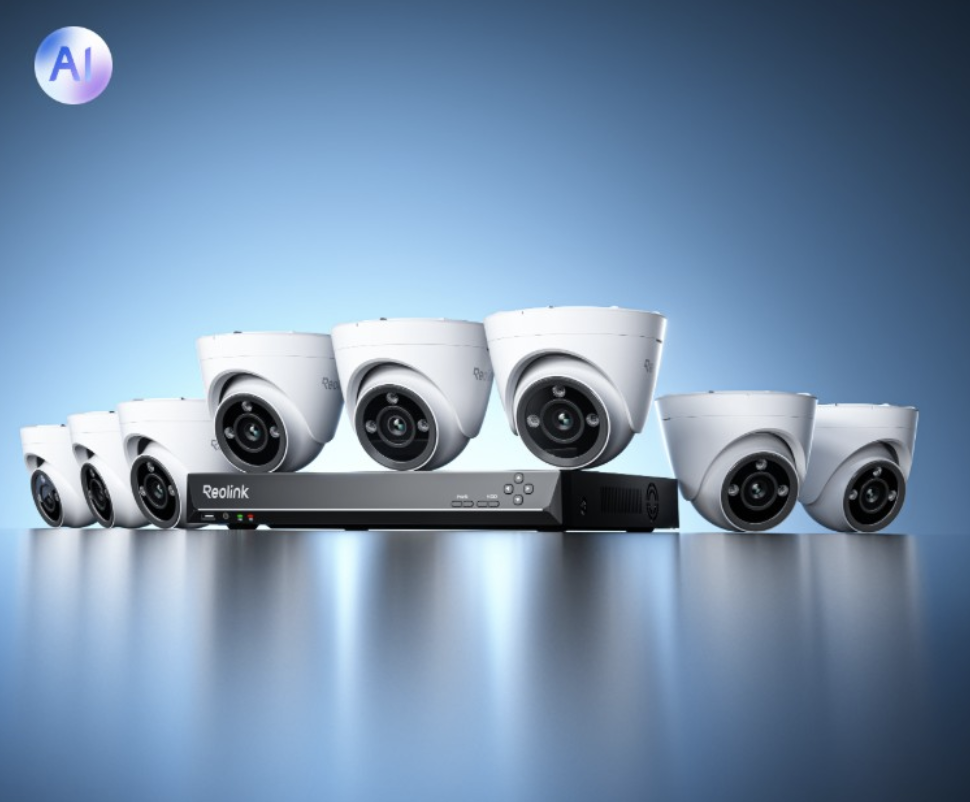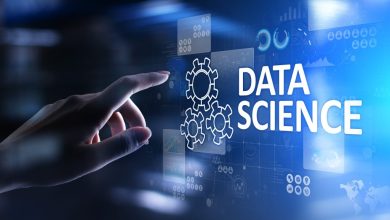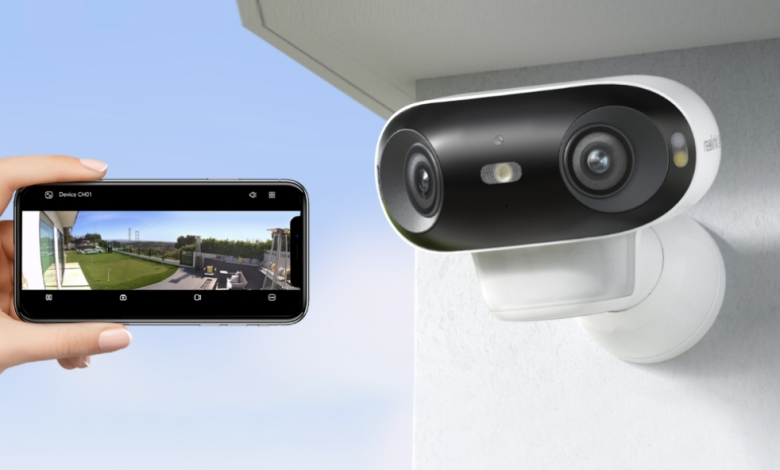
Many homes, shops, and offices now rely on the AI security camera. This device acts like a quiet guard who never falls asleep. It records, studies, and reacts to every scene without help from a control room. A clear plan must guide first-time buyers, so this guide explains every key fact about the automated security camera.
What Is an AI Security Camera and How It Works?
An AI security camera, like traditional CCTV cameras, includes a lens, an image sensor, and housing on a single board. However, AI-powered cameras have built-in algorithms that allow them to identify people, vehicles, animals, and events far more accurately than standard motion detection.
These algorithms rely on trained models that can recognize shapes such as people, cars, pets, and parcels. When the camera detects something that matches one of these categories, it immediately assigns a tag, saves a short event clip with that tag, and determines whether to send an alert.
What Can AI Security Cameras and Systems Do?
Moving from basic motion sensing to AI-powered security cameras opens many new skills that help owners trust their gear. Here are the most common features of AI security cameras:
1. Object detection
The camera tells the difference between a person, a vehicle, a pet, or a package. That detail matters because every object carries a different level of risk. A stray cat should not wake the whole house. A stranger on the porch at night may need a loud siren and a bright floodlight. Clear object labels cut false alarms, save time, and ease stress.
2. Smart motion tracking
When the camera locks onto a chosen object, it follows the subject across the scene. A pan-tilt motor moves left, right, up, or down to keep the person or car in the middle of the frame. The result is a steady view that never loses crucial moments. Owners get smooth clips that show the full path of an intruder, not a half-story.
3. Facial recognition
Some cameras keep a small face library. When the lens sees a known face, the system greets the individual by unlocking a door or switching off an indoor siren. If the face is unknown, the camera treats the event as a new risk. Accurate face matching reduces key cards, codes, or manual checks and speeds entry for trusted staff.
4. License plate recognition
Fast shutter and strong optics freeze plate numbers on moving cars. The software pulls the plate text, places it in a log, and checks that text against a guest list. Gates open for approved plates and stay shut for unknown or banned ones. Owners later search for a plate and review only the needed clips.
5. Automatic alerts and real-time notifications
AI for security camera alerts and notifications makes sure owners learn about serious events in seconds. The system sends a push alert or email with a snapshot and a short note such as “Person at side gate.” The owner views the picture at once and decides on the next step. Quick action lowers loss and improves safety.
Why Choose AI-Powered Cameras?
AI models add clear gains that justify the extra cost over basic units. Here are the reasons why choose AI-powered cameras:
- Lower false alarms: The learning model filters moving leaves, passing clouds, and strong glare. Owners receive fewer empty alerts, so every warning gains weight and prompts quick action.
- Faster response: The system not only records an event but also pushes proof to the owner within seconds. Early knowledge lets owners call for help or scare away intruders before damage occurs.
- Efficient storage: Since the camera saves only useful clips, a modest memory card or network drive holds weeks of real events. Owners avoid large, costly hard drives.
- Smarter search: Tags like “blue sedan” or “person with backpack” let users type a phrase, press search, and jump straight to each match. Research time drops from hours to minutes.
- Integrated deterrence: Built-in lights, sirens, and two-way talk start only when the camera sees a true threat. The unit acts as both a guard and an evidence tool.
Traditional vs. AI-Powered Security Camera: Which to Choose?
Buyers must weigh cost, skill level, and daily routine before they choose between old and new styles.
- Basic coverage with tight funds: A non-AI camera that records nonstop costs less, so it suits small flats, sheds, or rooms that are in view of staff.
- Busy schedule or mobile life: If no one can sit and watch live feeds, an AI camera adds value by sorting events and sending clear, concise alerts.
- Large property or many cameras: Sites with dozens of lenses create heavy data streams. AI at the edge slashes storage and staff hours by filtering events before they hit the recorder.
- Need for upgrades over time: Makers often release new learning models. AI cameras accept these updates and gain better recognition skills, so the hardware lasts longer.
Best AI Security Camera and System From Reolink
Reolink offers ready systems that fit homes, farms, and small firms that want modern features without a complex setup.
Reolink Duo 3 PoE
This dual-lens camera merges two images into a 180-degree panorama. A 16-megapixel sensor captures sharp lines and rich color. The unit supports the motion track, so it follows a person or car inside that wide scene. Twin spotlights flood the area at night for clear color clips. One Ethernet cable carries both power and data, which simplifies wiring even on large sites.
Reolink Go PT Ultra
Remote ground without WiFI suits this 4G LTE model. Its 4K 8MP sensor collects crisp faces and plates. A built-in pan-tilt motor covers 355 degrees side to side and 140 degrees up and down. Auto tracking locks onto moving people, keeping them centered. A high-capacity battery and a solar panel reduce visits for charging. Owners use a phone app to steer the lens or play back clips even miles away.
RLK16-1200D8-A
Larger homes and light commercial spots gain value from this complete kit. Eight 12-megapixel PoE cameras link to a 16-channel recorder with a 4-terabyte drive. AI video search inside the recorder sorts clips by person, vehicle, or motion zone. Color night vision uses white light LEDs to reveal clothes, faces, and plates. The included network cable harness reduces setup time and avoids Wi-Fi dead spots.
Final Thoughts
The modern AI security camera acts like a watchful guard who never blinks. It studies every frame, labels each event, and delivers proof at once. By trimming false alarms, speeding response, and easing storage needs, an automated security camera earns its place over older gear.
Shoppers who want precise alerts and quick search features should test an AI model such as the Reolink range listed above. The added safety and saved time often outweigh the higher upfront price.

